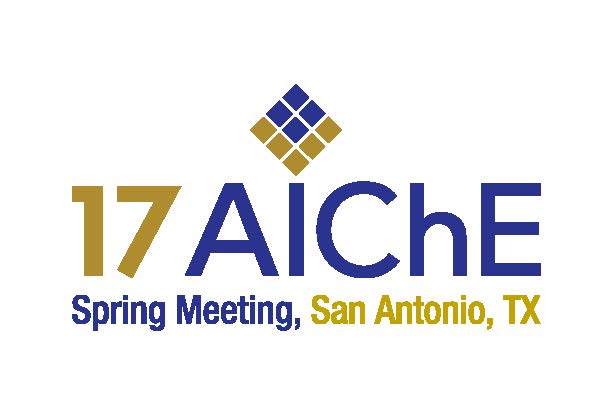

Korea experienced a massive chemical dispersion disaster on September 27, 2012, which occurred at the Gumi National Industrial complex in the southern city of Korea. About 8 tons of hydrogen fluoride gas leaked as the valve of tank lorry was opened due to a operator’s mistake, resulting in 5 casualties and about 3,600 medical treatment, causing 17.7 billion KRW of damage to enterprises, and spoiling the crops on 323.8ha of land. The accident had triggered new chemical management policy in Korea; The Revised Chemicals Control Act introduced Korea Risk Management Plan (K-RMP) and Off-site Risk Assessment (ORA) to improve safety management system for habitant and environment. Any company which manufactures, uses, or stores hazardous chemicals should submit ORA report to a governmental agency, while K-RMP only applies to the Precautionary Chemicals of Accidents (PCAs). The purpose of the ORA is to estimate the risk level of each chemical facility affect to habitat and environment. It implies gathering and analyzing information related to facility, toxicity, population, and preliminary hazard assessment is an essential process. Consequence analysis and likelihood estimation results are also needed to assess the risk. K-RMP is similar to that of the U.S., while K-RMP reinforces the emergency response planning.
This research was supported by Basic Science Research Program through the National Research Foundation of Korea (NRF) funded by the Ministry of Education (2009-0093816).
Presenter(s)
Once the content has been viewed and you have attested to it, you will be able to download and print a certificate for PDH credits.
If you have already viewed this content,
please click here
to login.
Language
Pricing
Individuals
| AIChE Member Credits | 0.5 |
| AIChE Pro Members | $19.00 |
| Employees of CCPS Member Companies | Free |
| AIChE Graduate Student Members | Free |
| AIChE Undergraduate Student Members | Free |
| AIChE Explorer Members | $29.00 |
| Non-Members | $29.00 |
